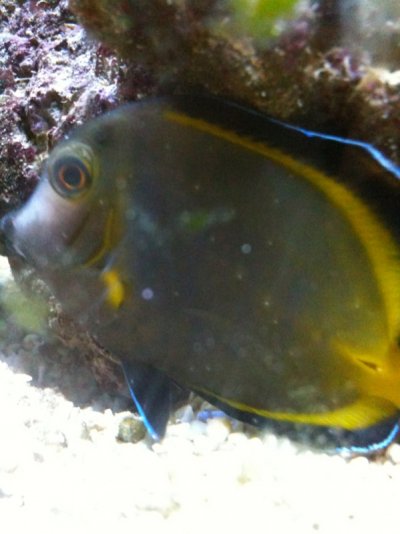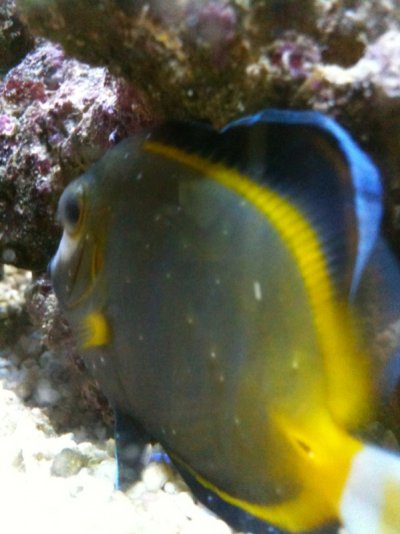hanahandbluey
Aquarium Advice Apprentice

I bought and powder brown surgeonfish last Sunday and he was fine until I got home from work yesterday.. He suddenly had white spots, looks like a pimple which was properly popped out from its scales and fins..
Please can anyone let me know what it is? Is this Ich? And how to cure it? Also does anyone know why it happened?


 Not always easy
Not always easy 